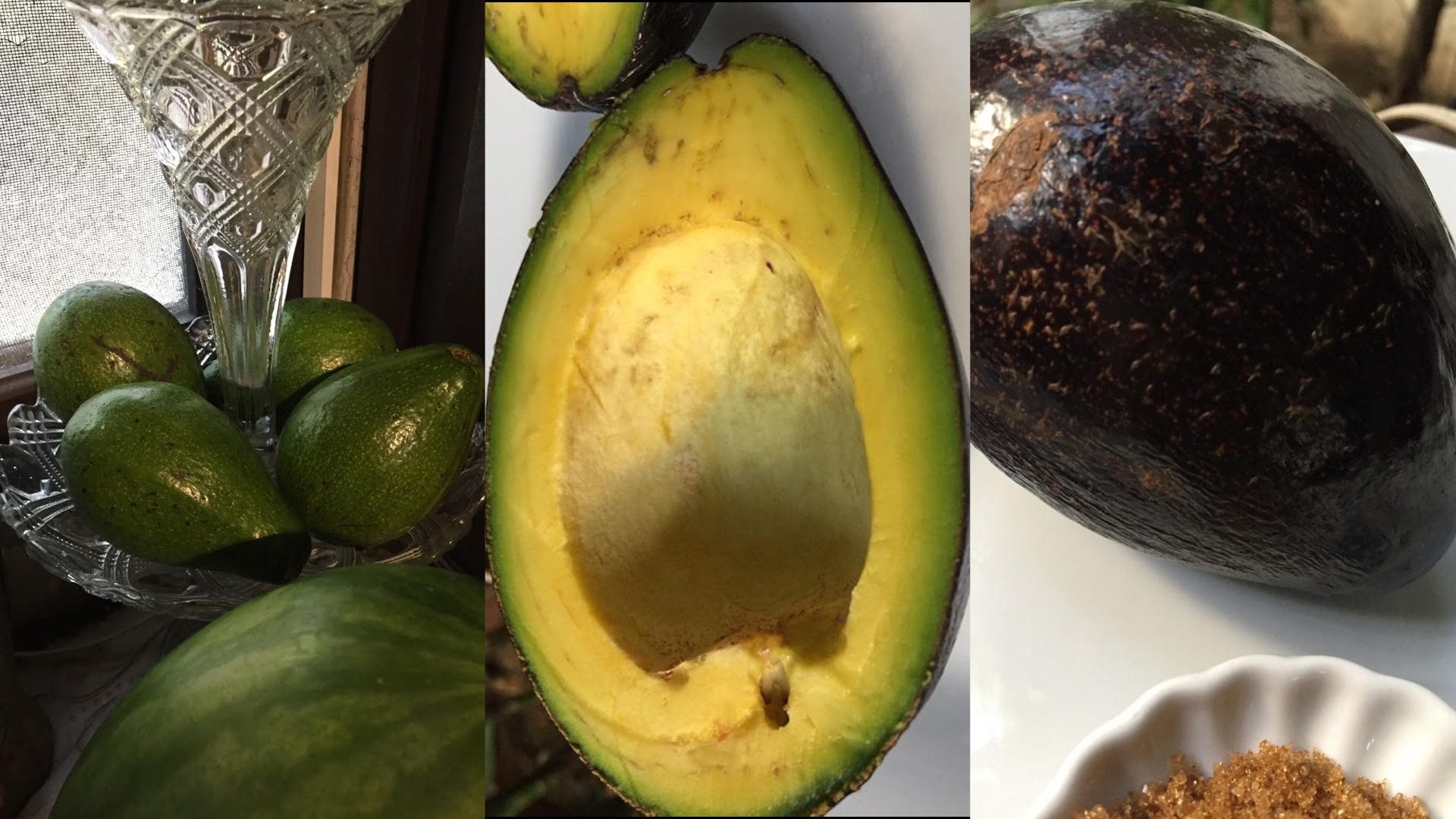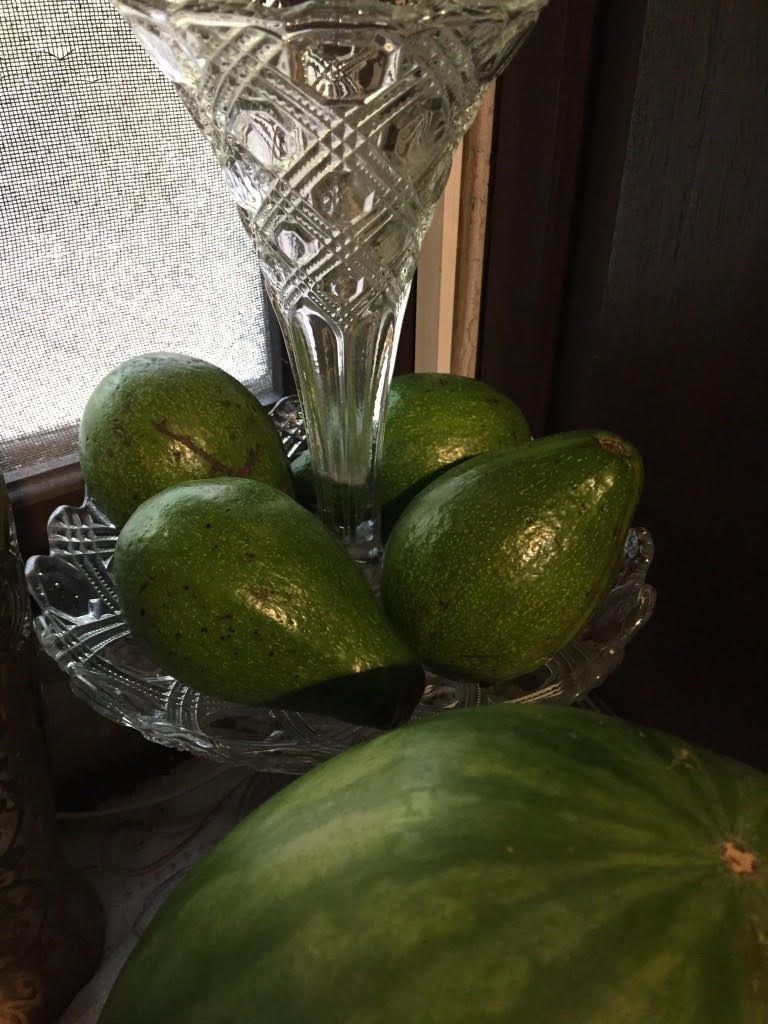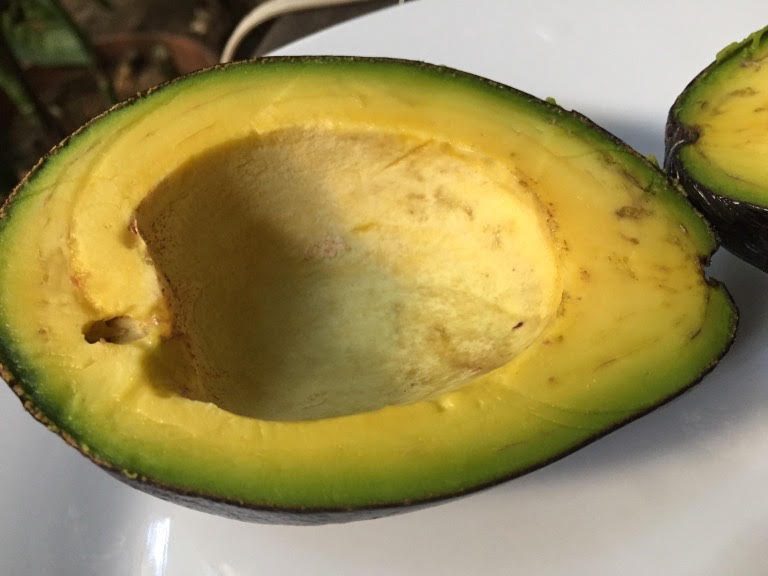SUMMARY
This is AI generated summarization, which may have errors. For context, always refer to the full article.

For as long as I can remember, I have always enjoyed avocado.
I looked forward to summers, when avocado trees would bear fruit. Come to think of it, almost all fruits were abundant during summers of long ago, when seasons were predictable. We learned the agony and pleasure of anticipation knowing that when it finally comes to fruition, your wait would be rewarded.
Today, we pride ourselves in producing “seasonal” fruits year-round. There are no more cycles or eating according to the seasons, for most people. You want it, it’s there. It has become a biological anachronism – confusing the evolution of our guts and the eating cycles we were meant to follow to properly evolve and thrive. But nature wins in the end. It always does. The fruit is never as sweet as when it is time. You can get it, but you won’t have it.
Like most children of my generation, we readily ate fruit as a snack or dessert without convincing. Boys often risked being chased by the neighbor’s non-inoculated dogs just to filch bayabas, sampaloc, santol, atis, or even just kamias where they could find it.
When we had mangoes, my neighborhood friends and I would gather around a bowl of sliced manibalang mangoes – that wonderful stage of ripeness when the mango is just sour enough to make you half close your eyes, as it snaps to the bite and releases that fruity sourness that makes your mouth water at just the thought. Please pass the bagoong.
But avocado for me, was a solitary ritual. I would go to the kitchen mid-afternoon, when most everyone would be asleep or nodding off to a radio drama. I would go through the fruit boxes, picking avocado after avocado and shaking it.
“If the seed rattles, then it is already ripe” the oldies used to say.

Off to the table to slice my maracas of an avocado in half. Without a video on YouTube to teach me “how to slice and remove an avocado seed,” I somehow instinctively figured it out. I proceed to spoon out the flesh into a tall glass, add some sugar, and as much evaporated milk or powdered Klim (my preference) I felt like that day. To finish it off, I got an ice pick to crack some ice to fill up my glass. Then I start jamming a spoon into that glass, twisting it around best as I could just like the adults, until the desired texture is achieved.
Avocado seeds were brought from Mexico by the Spaniards in 1890 as one of the plants seen as suitable for planting in the Philippines. However, avocado propagation did not succeed until the Americans reintroduced it in the early 1900s with planting materials from Hawaii, Costa Rica, and the United States. By 1913, the then-Bureau of Agriculture (now the Bureau of Plant Industry), together with the University of the Philippines in Los Baños, began an initiative to plant avocados all over the country. Thus avocado became quite a common backyard tree, back in the day when houses had backyards even in the city.
For avocados to bear fruit, one must have the two types near each other. Avocado flowers, unlike other plants, have both female and male parts. Type 1 exposes its “lady bits” in the morning and “man bits” in the afternoon. Type 2 does the exact opposite – man bits in the morning and lady bits in the afternoon, giving new meaning to the term, “wild plants.”
Also, unlike other fruits best ripened on the tree, it is picked mature, but ripened off the tree. If you pick it too early it wouldn’t ripen properly. If it offers resistance to your knife, then you might as well throw away the fruit. It will just be a bitter experience.

Fully ripe, however, the flesh of the avocado turns soft and holds its shape even when sliced or spooned. It does not jiggle and tease or secrete even a bit of juice to encourage you to dig more. It doesn’t “juice up” like the papaya and swivel madly around as you try to scoop up a chunk. The avocado stays in place. It doesn’t play games.
Quite interesting that the avocado, with its brittle-looking skin, criss-crossed with lines and flecks of red, green, and purple, could be quite marvelous upon closer inspection. Like rough purple tourmaline, it shines when polished, to make a quiet but solid presence in a stack of fruits.
With this fruit, you do not ask if it is sweet, crunchy, or juicy – only if it is ripe and lagkitan – for which there is no English equivalent. Lagkitan seems to be a misnomer because avocado is not exactly sticky, gooey, glutinous, or gummy, as the word lagkitan suggests. But lagkitan sounds more enticing – evoking a desirable sensation as a flavor.
The avocado has a very clean, grassy rather than fruity scent — like plant shoots or the sap of a tree trunk where someone just carved your name. Closer to the peel, where the flesh is usually darker and softer, there could be a little bitterness, but nothing disagreeable.

Unlike the early Mexicans who used their word for testicles to name the avocado, I think the fruit resembles a mature woman’s body and temperament more. A little fuller, undulating curves, fine lines across the skin, doesn’t call attention to herself, and you can’t make it do anything she isn’t ready to do.
As the years passed, I began to prefer avocado on its own or with just a little honey in the cavity where the seed used to be. The honey is not really necessary, but a nice touch. Eating avocado releases its own “honey” to make it slip and slide down your throat. I enjoy the texture and richness that is not immediately obvious in its clean flavor. No strong aftertaste or acidity stays in your mouth.
I wonder how Filipinos who tasted avocado for the first time back in the day reacted to a fruit neither sweet nor sour. Did they think it from an inferior seed which yielded a bland fruit? Did they wait for it to turn sweet only to be disappointed or pleasantly surprised by an unexpected sensation? Who knows, really.
As for me, I look forward to every avocado season. I do not buy boxes, because – OA. Wanting something doesn’t mean you have to eat copious amounts to be satiated. There is pleasure in the restraint that the avocado encourages one to have if it is to be fully enjoyed.
Eating an avocado is a sensual and sensuous experience — you eat it for the taste but also for the knowledge that you can take pleasure in it again, as you have done years before.
To tell if it is ripe, wrap your fingers around each piece and squeeze it ever so lightly, careful not to bruise it. Do not hold it for too long. Lay it down gently and come back the next day. Touch the scar where it used to be attached to the tree. Run your thumb around it and press lightly. It is usually the first part of the fruit to soften and give an indication of its readiness. It should yield a little to the pressure but still be firm.
Never force an avocado with constant handling or warming. “Playing” with it will just give you a stomachache (or heartache), the oldies also used to say. Put it down and wait. Summon your virtues. The perfect avocado needs patience — and though it won’t ever be sweet, it is still its own luring temptation being laid at your feet. – Rappler.com
Add a comment
How does this make you feel?
There are no comments yet. Add your comment to start the conversation.